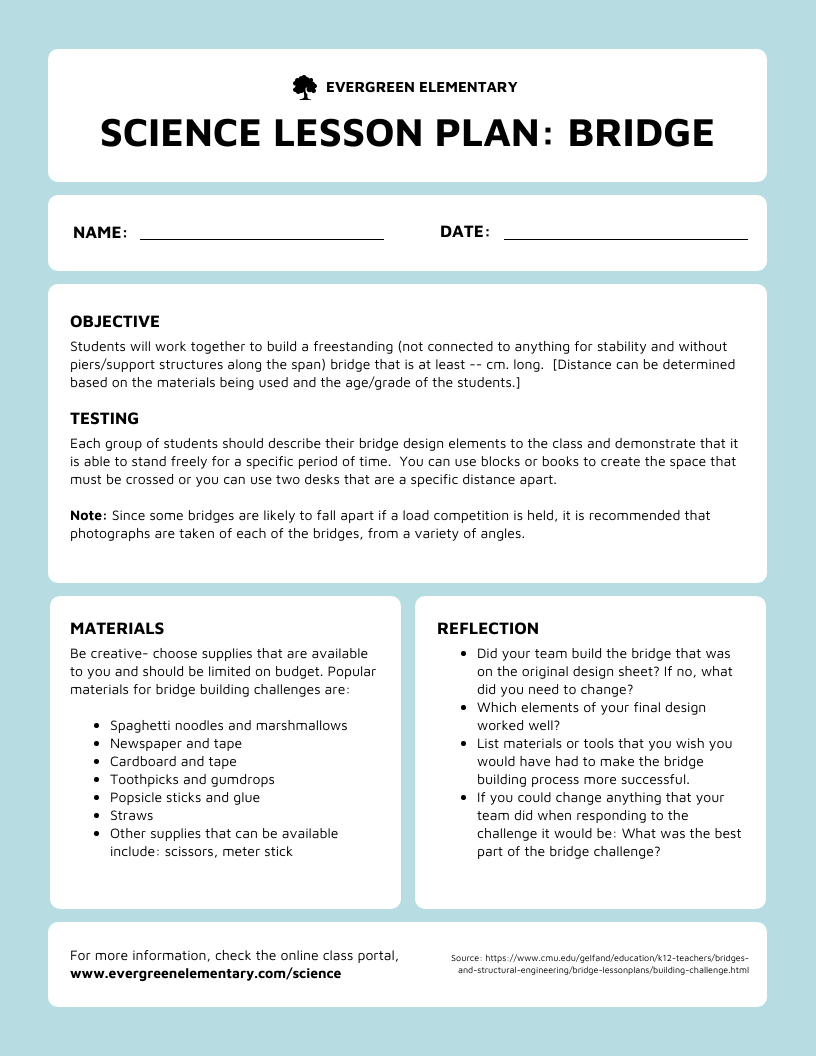
There are many things to consider when choosing a highschool. These factors include international rankings, teacher-to-student ratio, notable alumni, as well as facilities. Let's look at some top high schools in San Antonio. Which one would be best for you?
Children at Risk rankings
Children at Risk, a nonprofit advocacy group that conducts research and advocates for children, has recently ranked San Antonio high schools. Based on the scores of students in the three previous years, the study was done. Four of the San Antonio schools made the list: Young Women's Leadership Academy, Agnes Cotton Academy, Mission Academy, and Texoma High School. The results show that all four schools are improving.

Children at Ris are a group that ranked San Antonio schools according to how well they support students with low incomes. The results were based on a variety of factors, including race/ethnicity and percentages of economically disadvantaged children.
Allen High School
Allen High School is found in Allen Texas. It is part of the Allen ISD district. There were 5,328 students in attendance during the 2020-2021 academic year. About 16.4% of the students were considered at risk of dropping out. Another 3.7% were enrolled at an English language learning program or bilingual program. The accountability rating for 2018-2019 was A. The school had an average graduation rate of 98.4% and a low dropout rate (less than 3% in grades nine to twelve).
Allen High School was awarded the Blue Ribbon School status for 2001-02. Students are required to attend four classes each day. The school boasts a modern gym and computer lab. Students can join a variety of clubs, and teachers stay after school every day to tutor students. The school cafeteria serves eight different types of food, and the bakery has some of the best cookies available.
Judson Early College Academy
Veterans Memorial High school received a C-grade in state accountability ratings. The school earned a high grade for student achievement, school progression, closing achievement gaps, and school progress. The school also scored well for post-secondary preparedness, which is the ability to help students prepare for a range of college and career options after graduation.

For the past few years, students have been able to take free early college classes offered by the district. But this fall, it began paying Alamo Colleges for the program. Judson-Wagner and Veterans Memorial high schools have the opportunity to take early college courses.
FAQ
Which factors are important when selecting a major
It is important to first decide if you would prefer to go straight into a job or go to college. Next, you need to make a list listing your talents and interests. It could be reading, listening, watching movies, talking with people, doing chores around the house, and other interests. Your talents can come from singing, dancing, drawing, painting, writing, sewing, cooking, woodworking, gardening, photography, carpentry, auto mechanics, plumbing, electrical wiring, computer programming, accounting, mathematics, chemistry, physics, engineering, medicine, dentistry, nursing, psychology, law, social work, teaching, etc. You can identify your talents and interests to help you choose a major.
Art history and fine art might appeal to you if you are interested in becoming an artist. Biology may appeal to those who love animals. You might consider pre-medicine or medical tech if you are interested in becoming a doctor. Computer science or computer networking is a great career choice for someone who wants to work in computers. There are many choices. Think about what you want to do.
What's the purpose of education and schooling?
Education should prepare students for work. It is not only a pursuit of academic excellence, but also a social activity, where children can share their knowledge and gain confidence from one another through activities like music, art, and sports. It is all about teaching students how to think critically, and how to create so they can be independent and self-reliant. What does it mean to have good educational standards?
High educational standards ensure that every pupil achieves their potential. They give teachers a clear vision of the goals they want to achieve with their pupils. Schools can adapt to changing educational needs if they have good educational standards. Fair and equitable education standards must also be maintained: Every child is equal in terms of chance of success, regardless of his/her background.
What are the differences between early childhood education?
There are many different ways to describe early childhood education. Here are some of the most commonly used ones:
-
Preschool - Children ages 2 to 5
-
PreKindergarten - Children ages 4 to 6
-
Head Start/Headstart for Children Ages 0-3
-
Day Care/Daycares - Children from 0-5 Years
-
Child Care Centers – Children aged 0-18
-
Family Childcare - Children between 0 and 12 Years Old
-
Homeschooling - Children from KG to 16
How long should you spend on college preparation?
How much time you have available to study and how long it takes to prepare for college will determine the amount of time you spend on preparation. If you plan to attend college immediately upon completing high school, you should start taking some college preparation courses now. However, if your plan is to delay attending college for several years, you may not need to start planning.
Your parents and teachers should be involved in your discussions. They may suggest certain courses of study. Keep track of all the courses you have taken and the grades you earned. This will enable you to plan for next year.
What is a Trade School?
People who are not able to succeed at traditional higher education institutions can earn a degree through trade schools. They provide career-oriented programs to help students prepare for specific occupations. These programs usually require two years of coursework. Students who enroll in them then move on to a paid apprenticeship program. Here they learn a job skill, and also receive training. Trade schools include vocational schools, technical colleges, community colleges, junior colleges, and universities. Some trade schools offer associate degrees.
Statistics
- They are also 25% more likely to graduate from high school and have higher math and reading scores, with fewer behavioral problems,” according to research at the University of Tennessee. (habitatbroward.org)
- Globally, in 2008, around 89% of children aged six to twelve were enrolled in primary education, and this proportion was rising. (en.wikipedia.org)
- And, within ten years of graduation, 44.1 percent of 1993 humanities graduates had written to public officials, compared to 30.1 percent of STEM majors. (bostonreview.net)
- Data from the Department of Education reveal that, among 2008 college graduates, 92.8 percent of humanities majors have voted at least once since finishing school. (bostonreview.net)
- In most developed countries, a high proportion of the population (up to 50%) now enters higher education at some time in their lives. (en.wikipedia.org)
External Links
How To
What is vocational education?
Vocational Education prepares students for work by giving them skills that are required for a specific job, such as welding. It also includes on-the-job training in apprenticeship programs. Vocational education stands out from general education. This is because it focuses less on general knowledge and more on developing skills for specific occupations. The goal of vocational education is not necessary to prepare people for university study but to help them find jobs upon graduation.
Vocational education can take place at all levels of schooling. This includes primary schools, secondary schools and colleges, universities as well as colleges, technical institutes, technical colleges, trade schools, community college, junior colleges, four-year colleges, and colleges. There are also many specialty schools like nursing schools and law schools, legal schools, medical schools and dental schools as well as veterinary medicine, veterinary medicine, firefighting, police academies and military academies. Many of these provide both academic instruction and practical experience.
In recent decades, many countries have made large investments in vocational training. The effectiveness of vocational training is still a controversial topic. Some critics say it does not improve students' employability. Other argue that it prepares them well for life beyond school.
The U.S. Bureau of Labor Statistics has estimated that 47% of American adults hold a postsecondary certificate or degree related to their current occupation. This figure is higher among those with more education: 71% of workers aged 25-29 with a bachelor's degree or higher are currently employed in fields requiring postsecondary credentials.
In 2012, the BLS reported that nearly half of the nation's adult population had at least some form of postsecondary credential. About a third of Americans were able to obtain a twoyear associate degree. Another 10% had a fouryear bachelor's. One out of five Americans held a master's degree or doctorate.
The median annual wage of a bachelor's degree holder was $50,900 in 2013, compared with $23,800 for someone without one. For those with advanced degrees, the median wage was $81,300.
For those who did not complete high school, the median wage was only $15,200. For those who did not complete high school, the median annual salary was only $15,200.